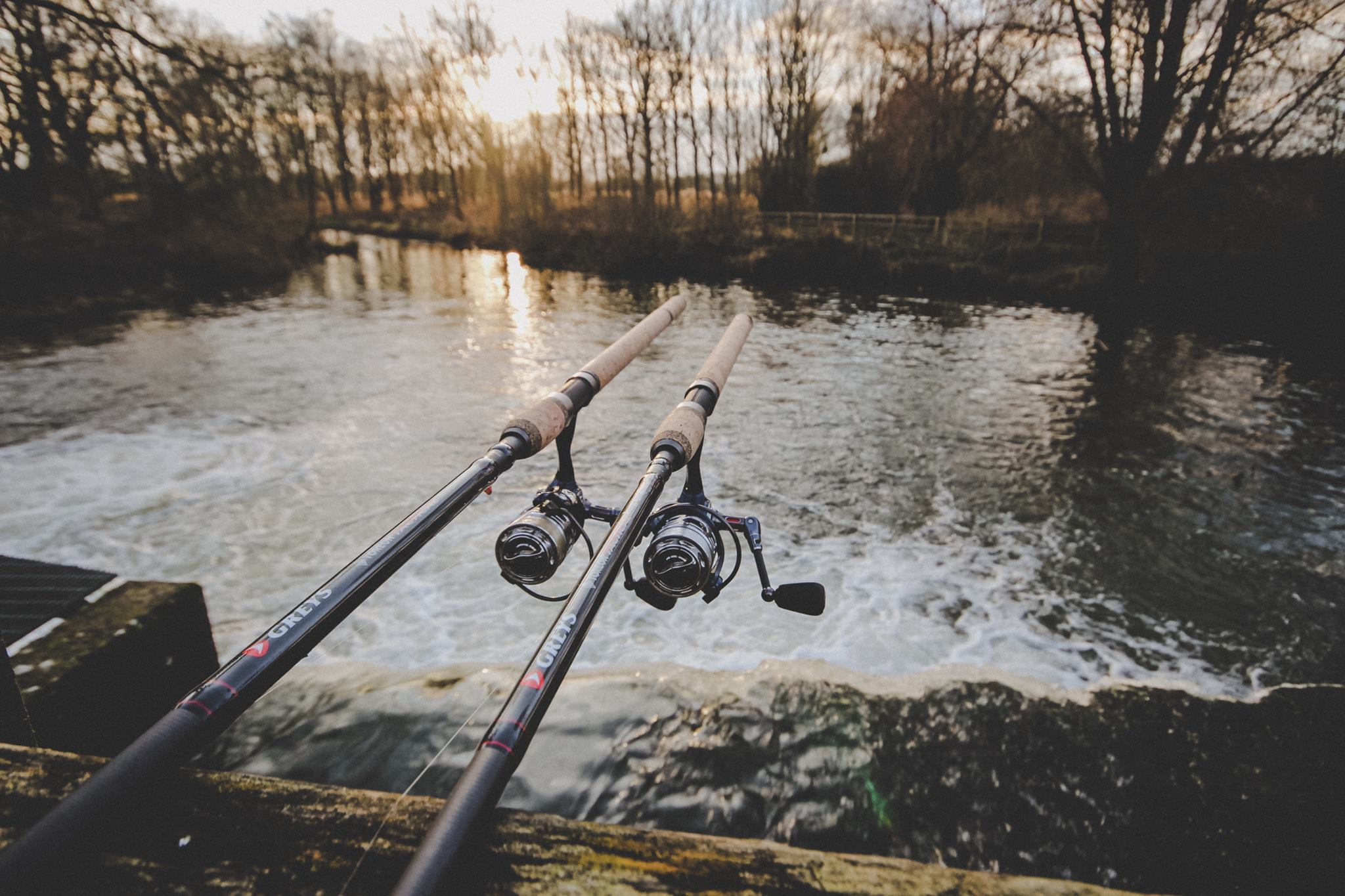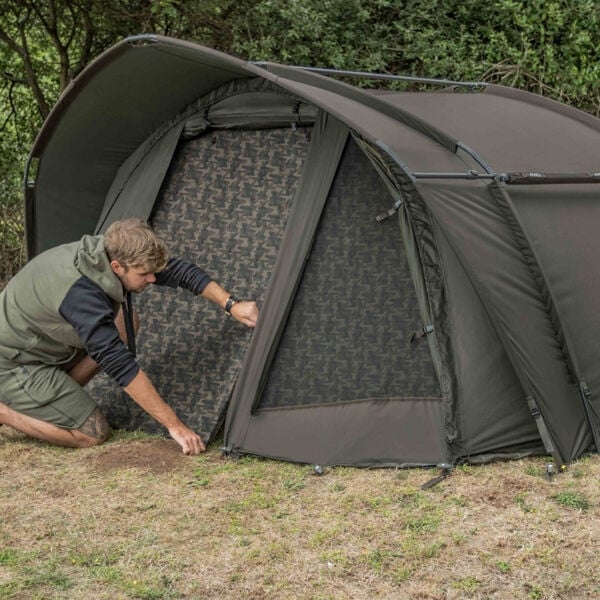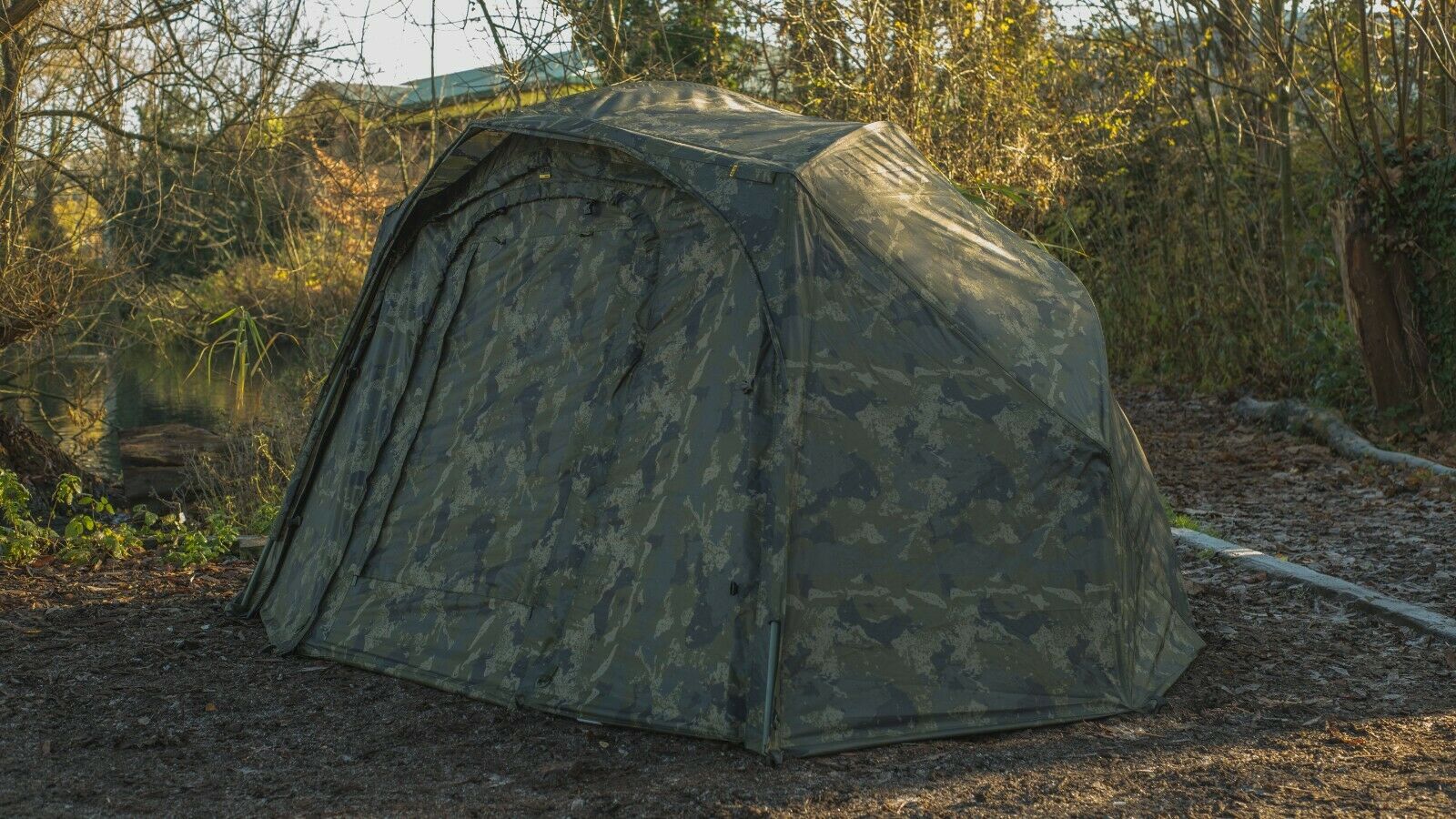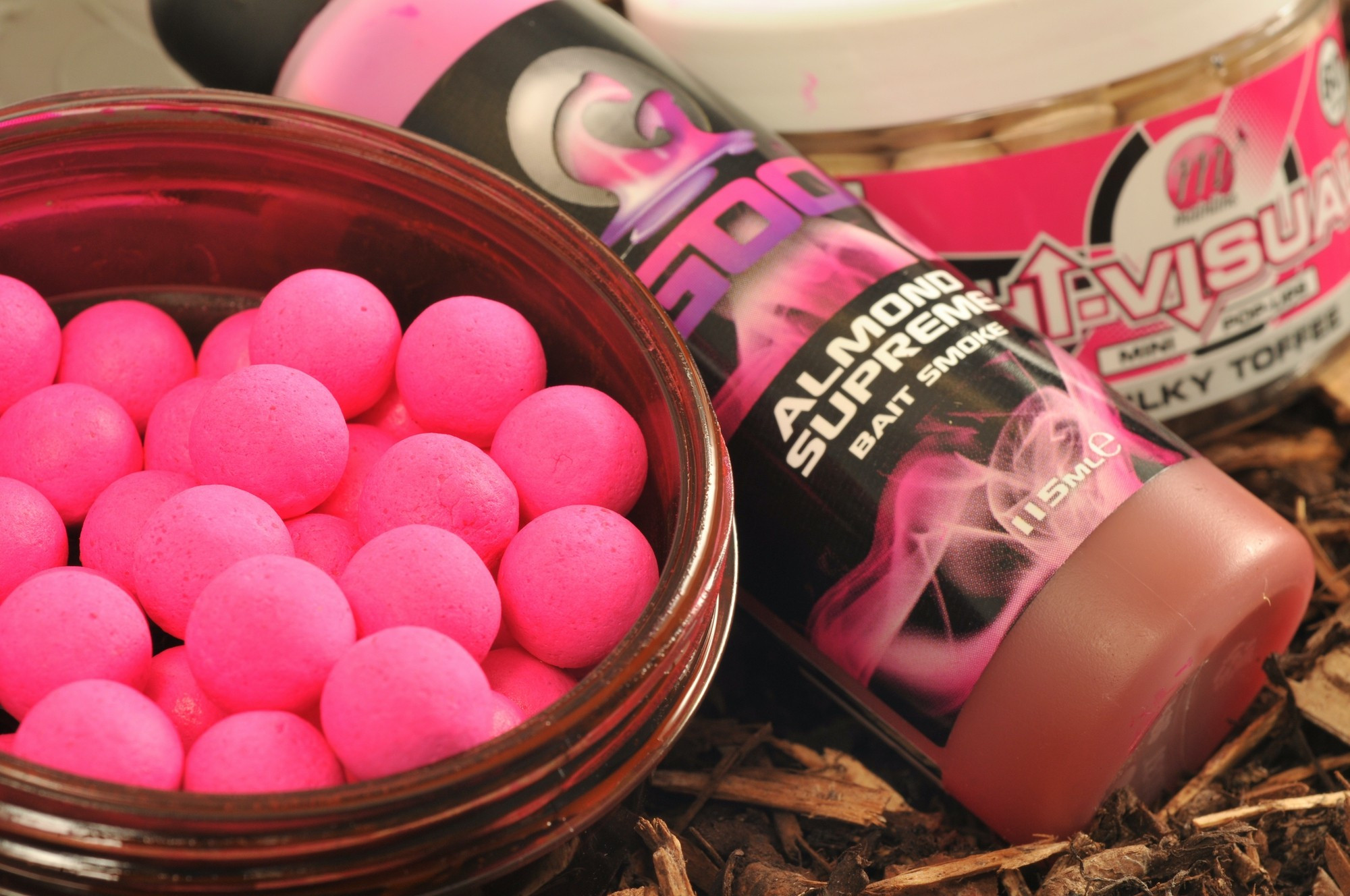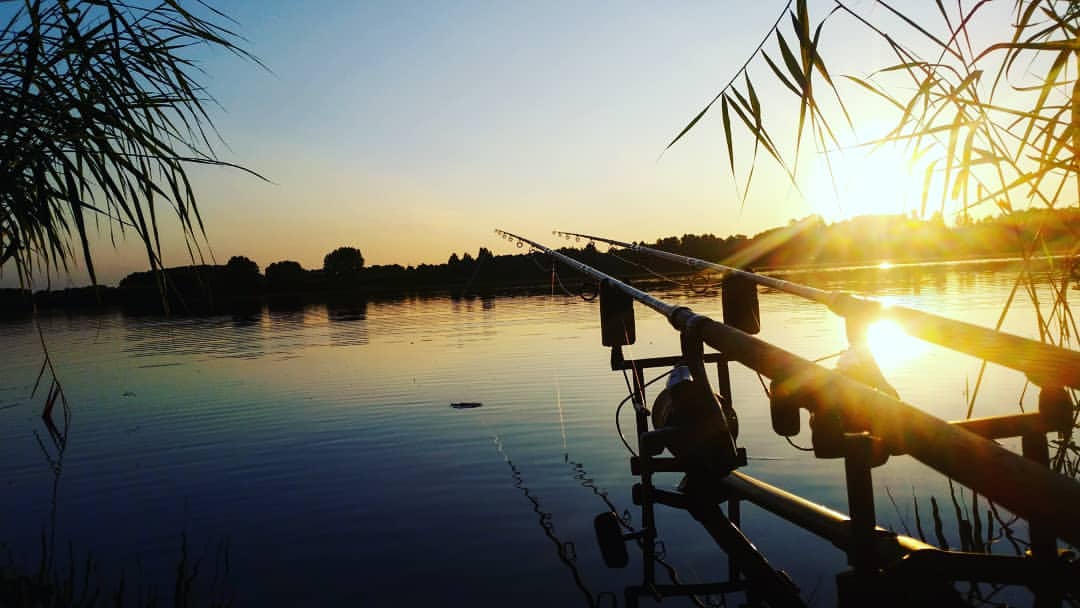Night Fishing: Complete Guide to Fishing After Dark
- By Andy Grenfell
- |
- 21 October 2025
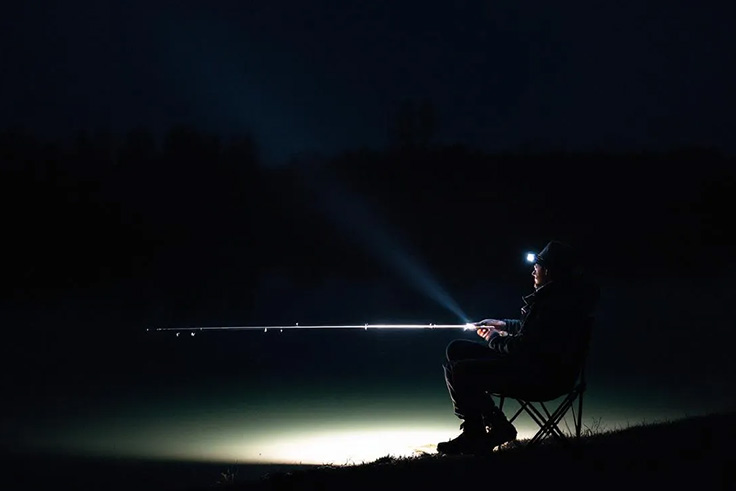
Night fishing transforms your angling experience by targeting fish species during their most active feeding periods between sunset and sunrise. This specialised approach to angling consistently produces larger catches, including specimen fish that many anglers struggle to catch during daylight hours. The best night fishing spots are often those that provide calm waters with good access and known fish activity. Night fishing opens access to a quiet atmosphere with less competition from other anglers and usually results in catching more fish than traditional day sessions.
Table of Contents
- INTRODUCTION
- UNDERSTANDING NIGHT FISHING FUNDAMENTALS
- ESSENTIAL NIGHT FISHING EQUIPMENT AND SETUP
- NIGHT FISHING TECHNIQUES AND STRATEGIES
- COMMON NIGHT FISHING CHALLENGES AND SOLUTIONS
- CONCLUSION AND NEXT STEPS
Introduction
What This Guide Covers
This comprehensive guide covers essential night fishing gear, proven techniques for different target species, safety protocols for fishing in darkness, and strategic approaches for both freshwater and sea fishing. We’ll explore equipment setup, bait selection, location scouting, and troubleshooting common challenges that night anglers face.
Who This Is For
This guide is designed for beginner and intermediate anglers wanting to expand into night fishing, whether you’re interested in carp catching sessions, general freshwater angling, or sea fishing adventures. Fishing with a friend can improve success and safety during night fishing sessions. Whether you’re planning short evening sessions or full overnight sessions, you’ll find practical strategies to improve your success rates.
Why This Matters
Night fishing offers unique opportunities to catch fish when they’re most actively feeding and when fishing pressure is minimal. Many fish species feed more aggressively after dark, particularly during warmer months when water temperatures and oxygen levels create optimal conditions. Maintaining a quiet atmosphere at night can help avoid disturbing wildlife and other anglers. Understanding how to fish effectively at night can dramatically improve your catch rates and open opportunities for specimen fish that remain elusive during daylight hours.
What You’ll Learn:
- Essential gear setup, including lighting, tackle, and safety equipment.
- Fish behaviour patterns and feeding strategies during darkness.
- Proven techniques for bait presentation and location selection.
- Safety protocols and challenge solutions for successful night fishing trips.
Understanding Night Fishing Fundamentals
Night fishing is the practice of angling during hours of darkness, typically from sunset to sunrise, when many fish species become more active and feed more aggressively. This approach differs significantly from day sessions because fish rely less on visual hunting and more on vibration, scent, and sound to locate food sources. The reduced light conditions create opportunities for anglers to target species that often remain inactive or cautious during daylight hours.
Why Fish Are More Active at Night
Fish feeding patterns change dramatically after dark due to several biological and environmental factors. During complete darkness, predator fish face reduced hunting pressure from larger species, allowing them to venture into shallower areas where natural food sources concentrate. Many baitfish, marine worms, and crustaceans become more active at night, creating feeding opportunities that trigger aggressive responses from target species.
Water temperature and oxygen levels also play crucial roles in nocturnal feeding behaviour. During summer months, cooler nighttime temperatures increase dissolved oxygen levels in the water, making fish more comfortable and active. This connects directly to improved catch rates because fish expend more energy hunting when environmental conditions are optimal.
Best Seasons and Conditions for Night Fishing
Summer months, from late spring through early fall, provide the most productive conditions for night fishing trips. Warmer water temperatures keep fish active throughout the night, while comfortable air temperatures make long periods outdoors more enjoyable for anglers. Evening sessions during these warmer months often produce better results than day sessions because fish seek cooler water conditions after sunset.
Moon phase significantly affects fish behavior and feeding patterns. New moon periods create complete darkness that encourages cautious fish to feed more aggressively, while full moon conditions provide enough natural light for visual hunting but may require adjustments to lighting strategies. Weather fronts and barometric pressure changes can trigger feeding spurts that night anglers can exploit more effectively than during daylight hours.
Transition: Understanding these fundamental concepts provides the foundation for selecting appropriate equipment and developing effective strategies for night fishing success.
Essential Night Fishing Equipment and Setup
Building on the knowledge of why night fishing differs from day sessions, proper equipment selection becomes critical for both safety and fishing success. Night fishing gear must address visibility challenges, fish behaviour changes, and extended time periods in potentially challenging conditions.
Must-Have Lighting and Electronics
A good headtorch with red light settings forms the cornerstone of effective night fishing gear. Red lighting preserves natural night vision while providing hands-free illumination for tasks like baiting hooks and handling fish. Quality head torches should offer multiple brightness levels and extended battery life for overnight sessions.
Electronic bite alarms become essential during darkness when visual bite detection is impossible. Modern bite alarm systems provide both audible and visual indicators when fish bite, allowing anglers to respond quickly even when positioned away from their rods. Backup lighting sources, including spare torches and emergency lights, ensure safety and continued fishing if primary lighting fails.
Underwater fishing lights and chemical light sticks can attract baitfish to your swim, creating a feeding area that draws in target species. However, avoid too much light, which can spook cautious fish. Subtle illumination often produces better results than bright flood lighting.
Rods, Reels, and Terminal Tackle
Rod selection for night fishing should prioritise sensitivity and reliability over versatility. Carbon fibre rods with sensitive tips help detect subtle bites that might be missed during darkness, while sufficient backbone ensures you can handle specimen fish that often feed at night. Reel choice should emphasise smooth drag systems and adequate line capacity for potentially long fights in low light conditions.
Terminal tackle requires careful consideration for night fishing applications. Strong, sharp hooks become more important when you cannot visually assess hook penetration. Pre-tied rigs stored in easily accessible tackle boxes save time and reduce frustration when rigging up in the dark. Fluorocarbon main lines offer invisibility advantages, while brightly colored indicators help track line movement.
Comfort and Safety Gear
Extended night fishing sessions require proper shelter and comfort equipment. Waterproof bivvies and fishing umbrellas protect from the weather and create a base camp for gear organisation. A quality sleeping bag rated for expected nighttime temperatures ensures comfort during overnight sessions, while waterproof clothing protects against dew and unexpected weather changes.
Safety equipment includes first aid supplies, emergency communication devices, and spare change for unexpected situations. A basic first aid kit should always be on hand while night fishing to ensure prompt attention to any bankside injuries. Keep hot drinks in thermal flasks to maintain body temperature during cold nights, and ensure all gear remains easily accessible throughout your night fishing trip.
Transition: With proper equipment selected and organised, attention turns to the specific techniques and strategies that maximise success during night fishing sessions.
Night Fishing Techniques and Strategies
Effective night fishing builds on proper equipment preparation but requires specific tactical approaches that account for changed fish behaviour and environmental conditions. These techniques maximise your ability to locate, attract, and catch fish during hours of darkness.
Step-by-Step: Pre-Dark Preparation
When to use this: Essential routine for every night fishing session, whether short evening sessions or full overnight trips.
- Scout your swim during daylight hours: Identify potential hazards, locate features like fallen trees or drop-offs, and measure casting distances to key areas like far bank markers or deeper water structures.
- Set up all equipment while visibility is good: Position rods, organise tackle boxes, prepare baits, and establish your fishing area before darkness makes these tasks difficult.
- Mark important distances and features: Use bank markers or natural landmarks to identify optimal casting spots, particularly areas where you’ve observed fish activity during daylight reconnaissance.
- Prepare multiple rigs and organise bait: Pre-tie spare rigs for quick replacement and organise live bait, soft plastics, and other attractors for easy access during darkness.
Bait Selection and Presentation
Natural food sources become more active at night, making live bait particularly effective for attracting fish species that rely on scent and movement. Marine worms, small baitfish, and crustaceans trigger feeding responses from species that might ignore artificial lures during daylight hours. For catch carp sessions, boilies soaked in attractants work well when combined with PVA bags that dissolve to create feeding areas.
Artificial lures for night fishing should emphasise vibration and silhouette rather than colour or flash. Dark-colored soft plastics create clear silhouettes against moonlit water, while lures with built-in rattles or spinners create vibrations that fish detect through their lateral line sensors. The right bait selection often depends on target species and local conditions rather than universal solutions.
Comparison: Live Bait vs Artificial Lures
| Feature | Live Bait | Artificial Lures |
|---|---|---|
| Scent Trail | Strong natural attraction | Limited or artificial scent |
| Movement | Natural swimming action | Angler-controlled action |
| Durability | Requires replacement | Reusable multiple times |
| Convenience | Needs live storage | Easy storage and transport |
Live bait generally produces more consistent results for beginners, while experienced night anglers often prefer artificial lures for their convenience and ability to cover more water efficiently.
Reading Water and Fish Behaviour
Night fishing success depends heavily on listening for surface activity and identifying feeding areas through sound rather than sight. Fish feeding on the surface create distinctive splashing sounds, while baitfish being chased create different disturbance patterns. Position yourself to take advantage of these feeding areas by casting to active zones rather than randomly covering water.
Understanding how fish movement patterns change after sunset helps predict where to focus your efforts. Many species move from deeper water into shallower areas to feed on insects and baitfish that concentrate near the surface. This behaviour often occurs within the first few hours after dark, making evening sessions particularly productive.
Transition: Despite careful preparation and technique application, night fishing presents unique challenges that require specific solutions and backup plans.
Common Night Fishing Challenges and Solutions
Even well-prepared night anglers encounter situations that can compromise safety or fishing success. Understanding common challenges and having solutions prepared ensures productive and safe night fishing experiences.
Challenge 1: Safety Hazards and Navigation
Solution: Conduct thorough daylight reconnaissance before any night fishing trip to identify potential hazards like steep banks, submerged obstacles, or unstable ground. Mark safe pathways to the water and establish emergency exit routes.
During fishing sessions, maintain adequate lighting without creating too much light that spooks fish. Use red light settings on headtorches to preserve night vision while moving around your swim, and keep emergency lighting easily accessible.
Challenge 2: Equipment Failures and Lost Gear
Solution: Carry redundant systems for critical equipment, particularly lighting and bite detection. Pack spare batteries, backup headtorches, and pre-tied terminal tackle to handle equipment failures quickly.
Organise gear systematically so items remain easily accessible during darkness. Use headlamp clips and gear bags with reflective strips to locate equipment quickly when needed.
Challenge 3: Poor Bite Detection and Hook Setting
Solution: Position bite alarms at appropriate sensitivity levels and stay within easy reach of your rods. Many night fish bites are more subtle than day sessions, requiring immediate response to convert takes into successful catches.
Practice hook-setting techniques during daylight hours so the motion becomes automatic during darkness. Keep landing nets and unhooking tools immediately accessible to handle fish efficiently once hooked.
Transition: Mastering these solutions, combined with proper preparation and technique, sets the foundation for successful and enjoyable night fishing experiences.
Conclusion and Next Steps
Night fishing offers exceptional opportunities to catch more fish and target specimen fish that remain elusive during daylight hours. The quiet atmosphere, reduced angling pressure, and natural feeding behaviours of nocturnal fish species create conditions that consistently produce better results than many day sessions.
To get started:
- Begin with short evening sessions at familiar local waters to build confidence and test your night fishing gear before attempting overnight sessions.
- Invest in quality lighting equipment, including a reliable headtorch, backup lighting, and appropriate bite alarms for your target species.
- Scout potential night fishing venues during daylight to identify safe access points, productive swims, and potential hazards before fishing in darkness.
- Stay hydrated and nourished, bringing sufficient water and snacks to maintain energy levels throughout your session.
Related Topics: Consider exploring species-specific night fishing techniques for catching carp, sea fishing strategies for coastal waters, and seasonal variations in fish behaviour that affect night fishing success throughout the year.






